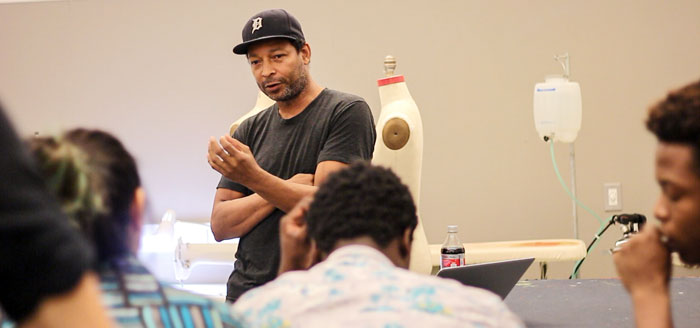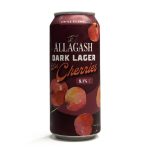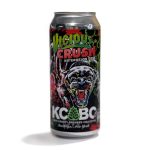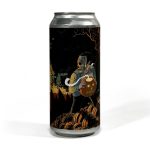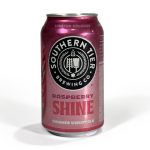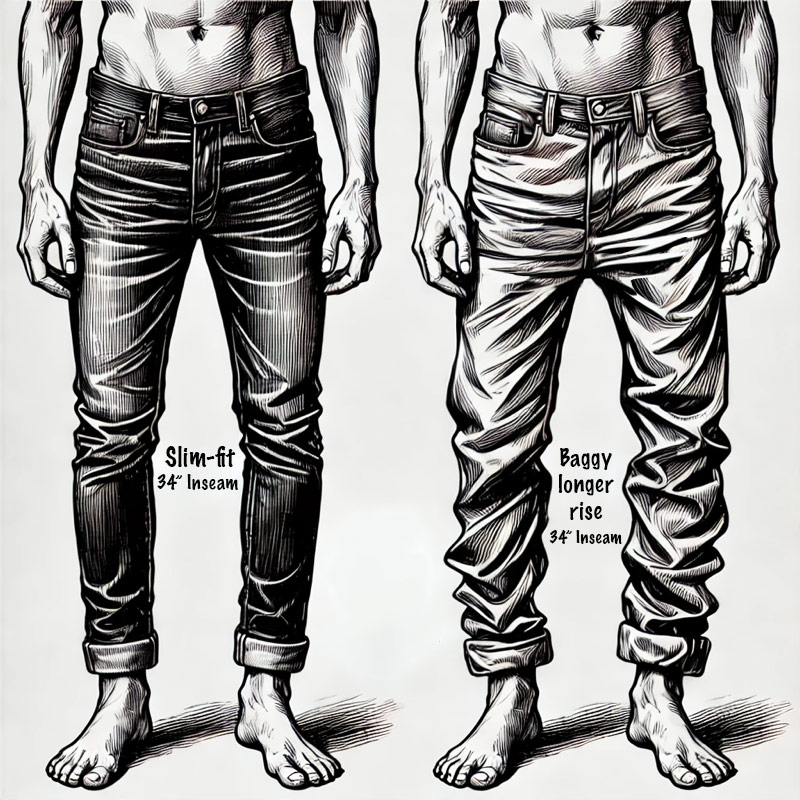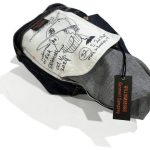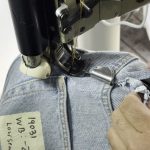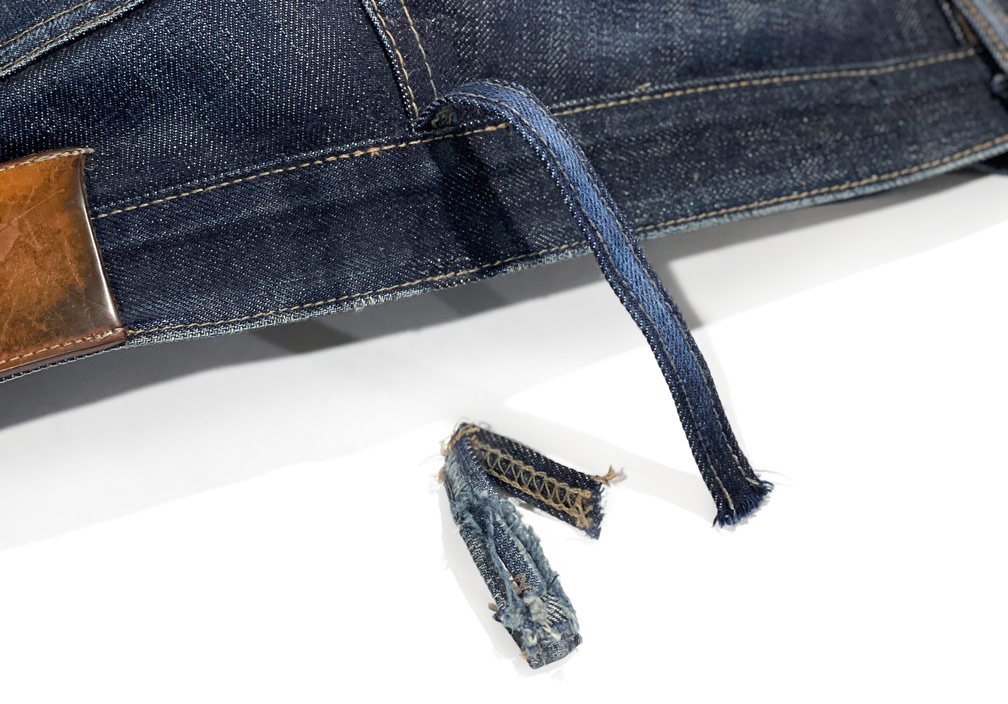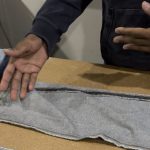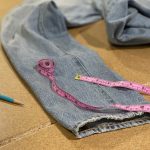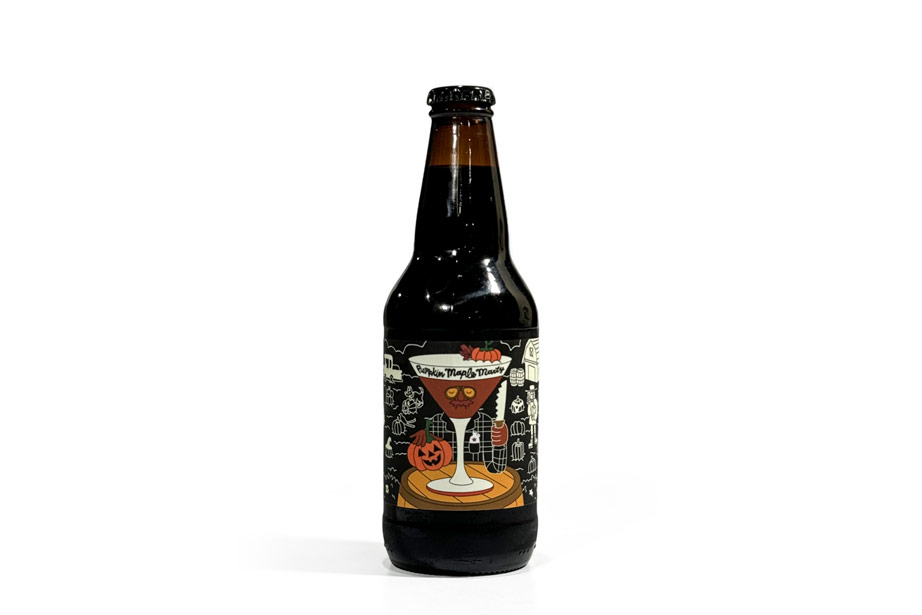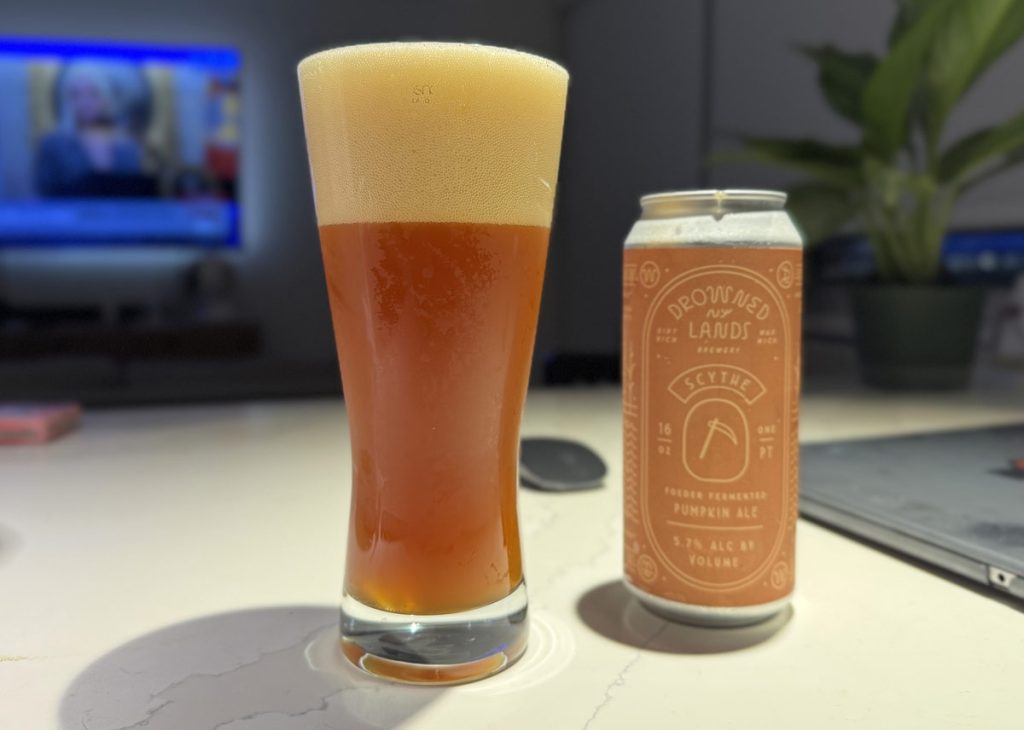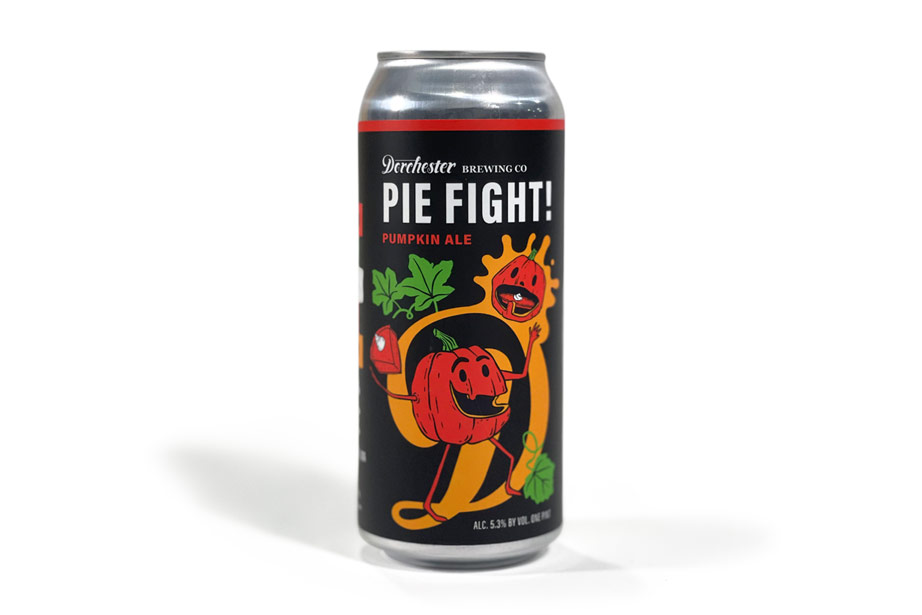
In the realm of New York State pumpkin ales, both Brooklyn Brewery’s Post Road Pumpkin Ale and Montauk Brewing Company’s Pumpkin Ale offer lighter takes on this seasonal favorite, each with its own unique flair.
Brooklyn Brewery’s Post Road Pumpkin Ale is marked by its lighter color and a head that vanishes quickly, offering a refreshing clarity in its presentation. It boasts a straightforward pumpkin flavor that headlines its profile, complemented by a subtle blend of spices. This makes it an exceptionally refreshing choice, perfect for those who appreciate a pumpkin ale that’s flavorful yet not overpowering. Its clean finish and balanced taste make it highly approachable and enjoyable.
Montauk Pumpkin Ale, while also on the lighter side, introduces a spicier kick and a notable hoppy character. It pours a little darker and features a creamier, more persistent head. Spices like nutmeg and earthy cinnamon are slightly more pronounced than in the Post Road, appealing to those who enjoy a spicier touch. However, it shares a similar lightness in body and flavor, making it suitable for those who prefer a bit of spice without the heaviness often associated with pumpkin ales. The finish here is slightly bitter, adding a distinct touch to its overall profile.
While both ales are crafted for those who prefer a milder pumpkin experience, Brooklyn Brewery’s Post Road Pumpkin Ale edges out slightly for those seeking a cleaner, more refreshing taste, whereas Montauk’s offering will appeal to those who enjoy a gentle spice presence with a hoppy note in their brew. Both are excellent choices for a light, enjoyable pumpkin ale experience.
Curious to see where each of these beers ranks among other contenders? Check out our “A Fluid List of the Best Pumpkin Beers Ranked” to see how Brooklyn Brewery’s Post Road and Montauk Brewing’s offerings compare to other top pumpkin ales this season.

